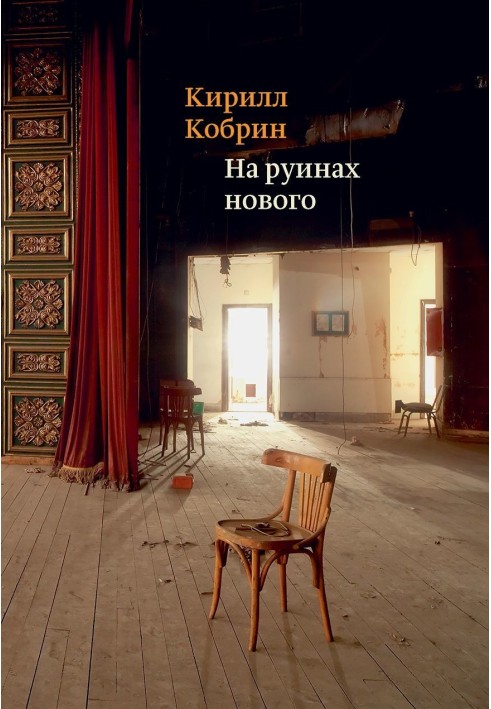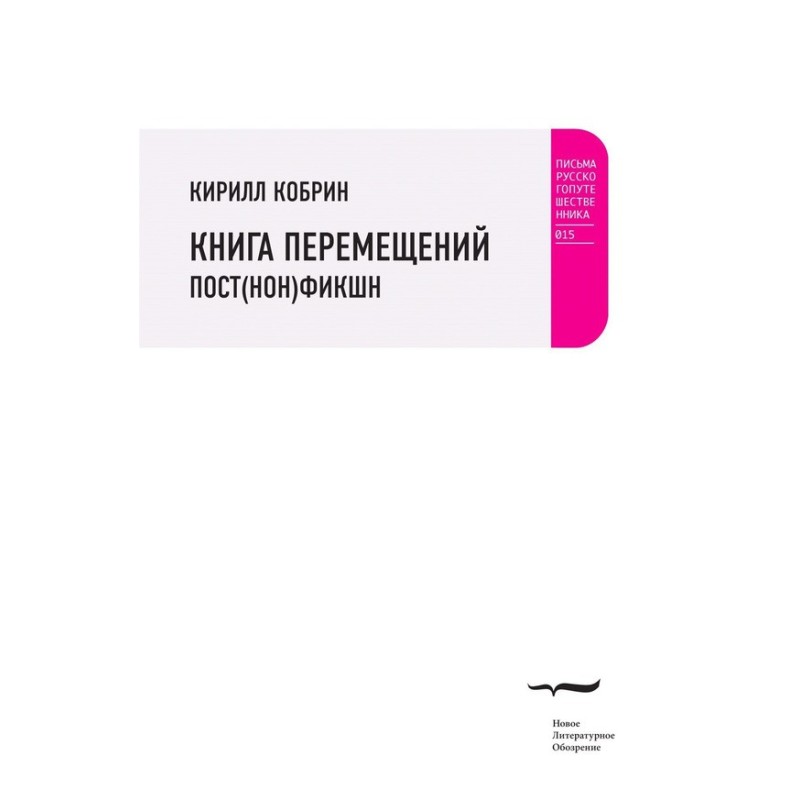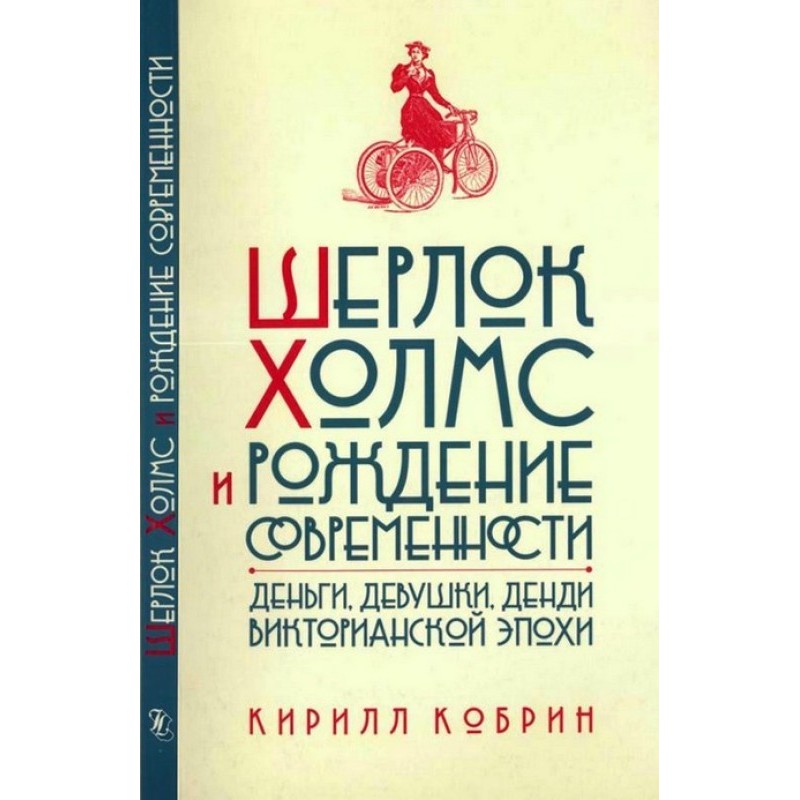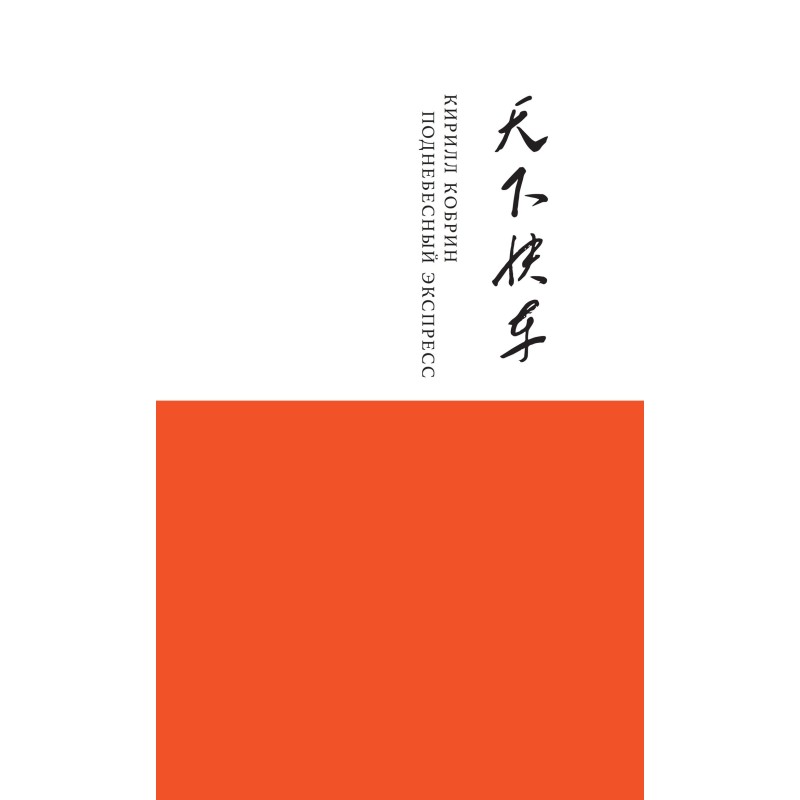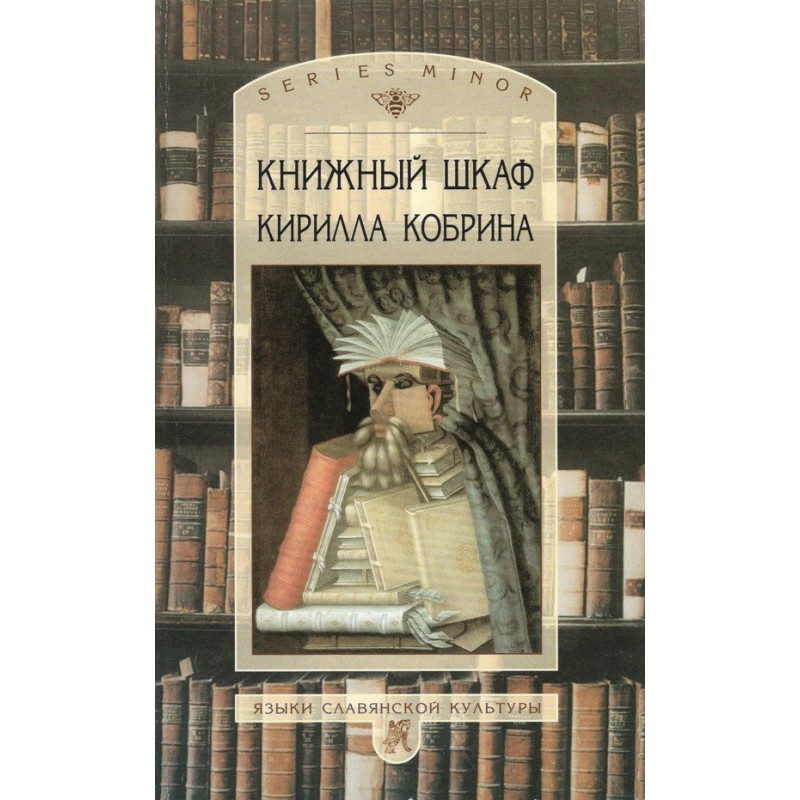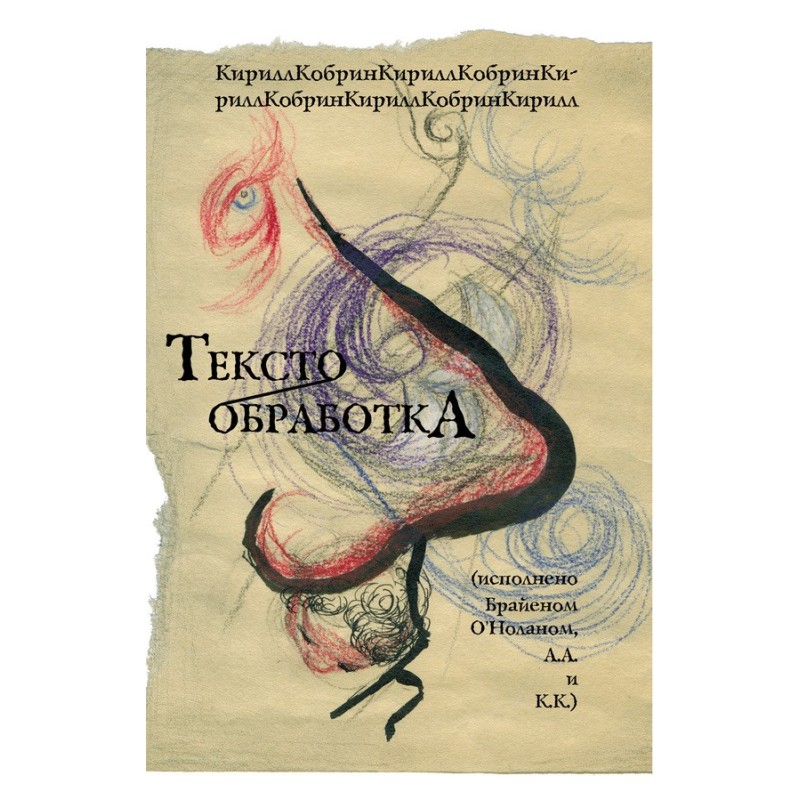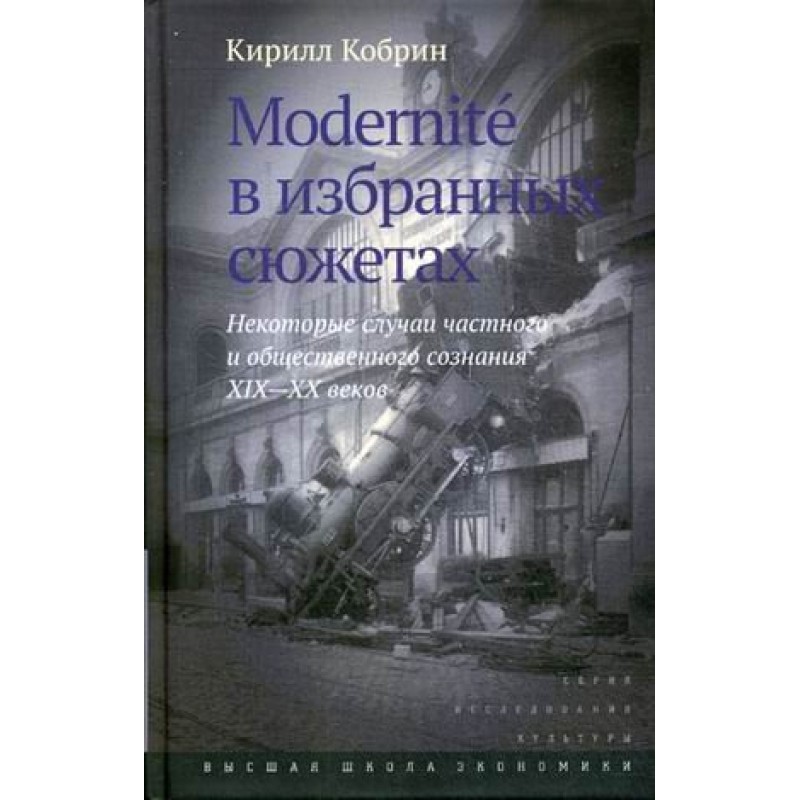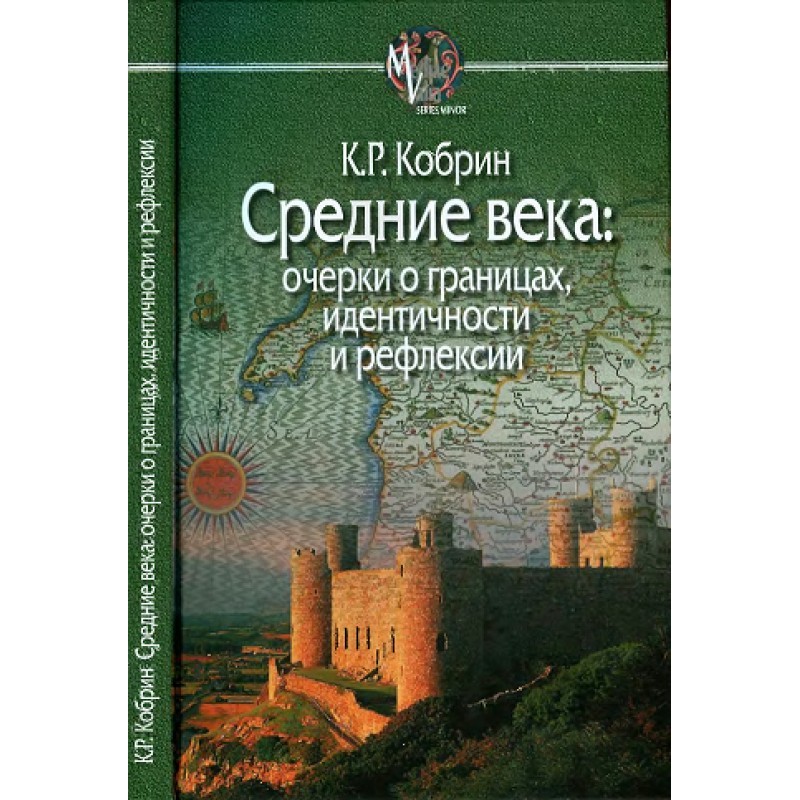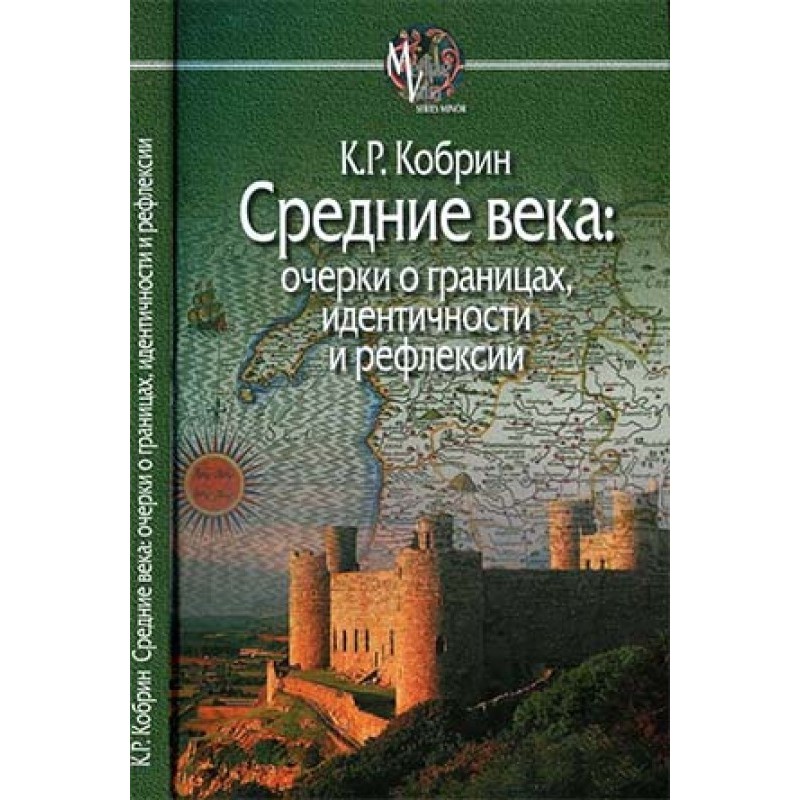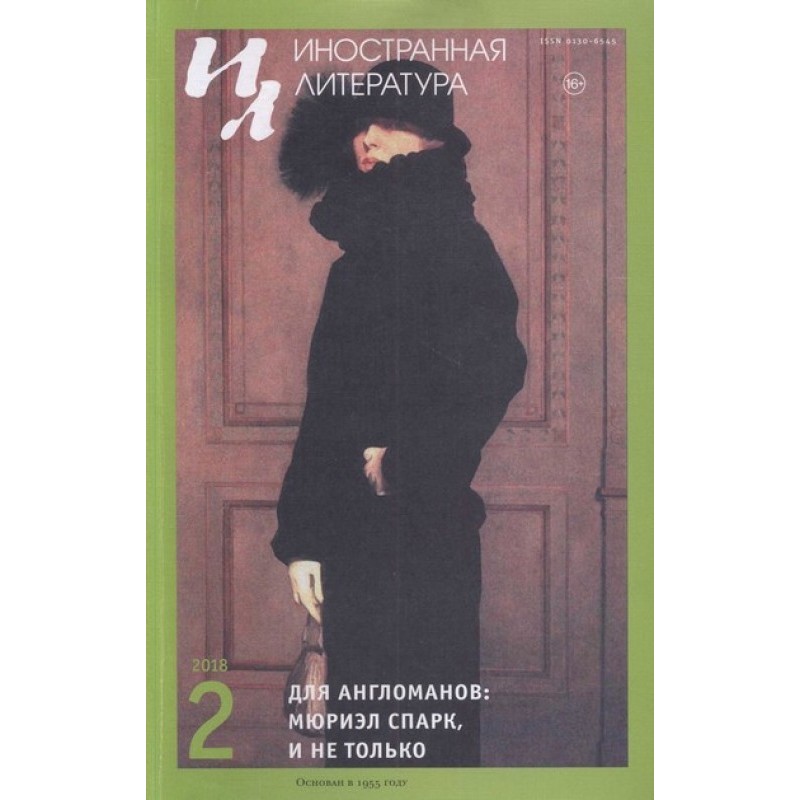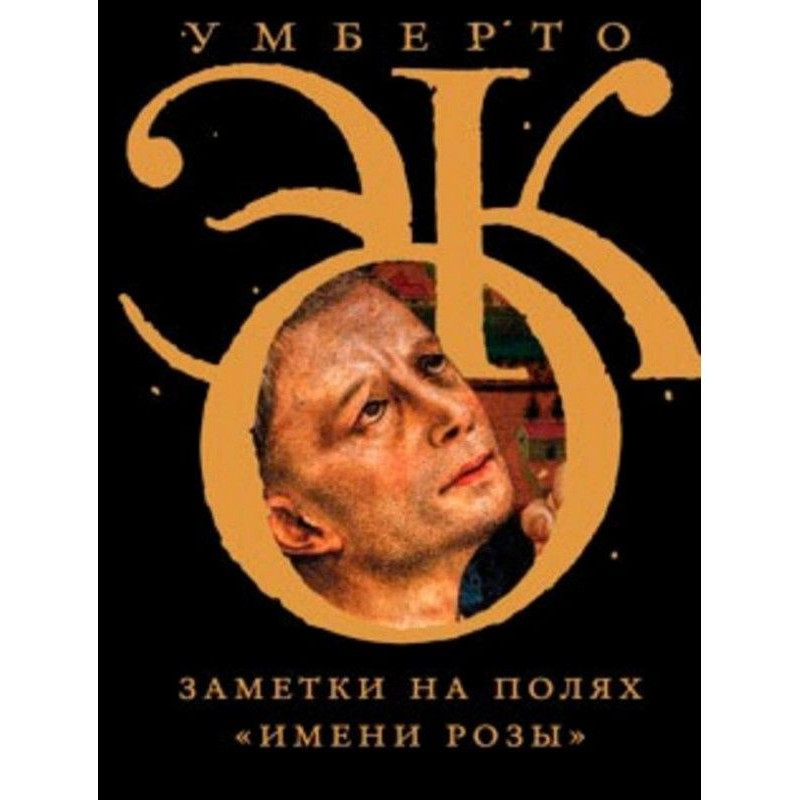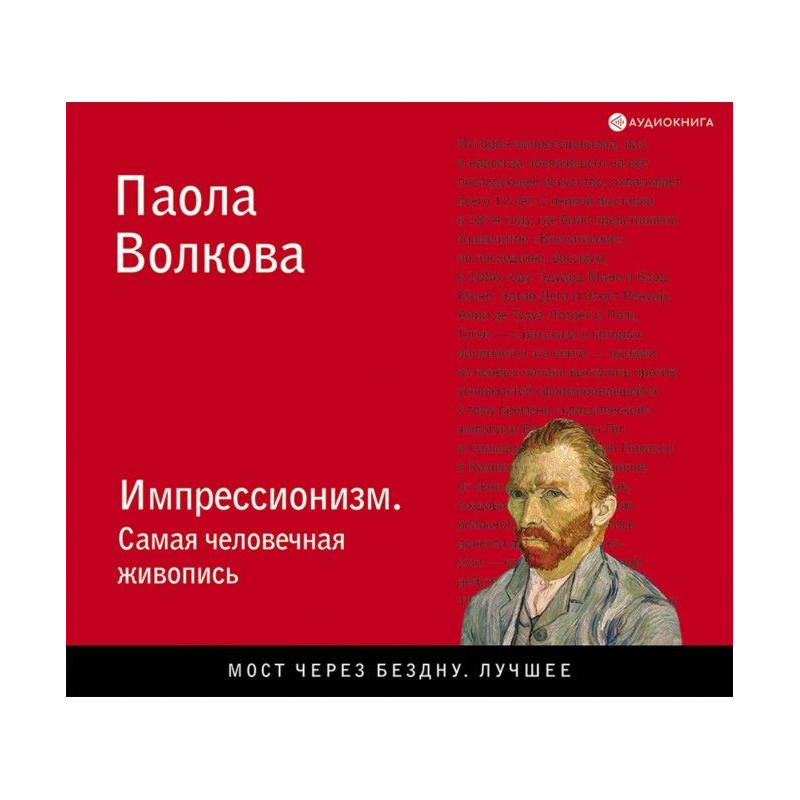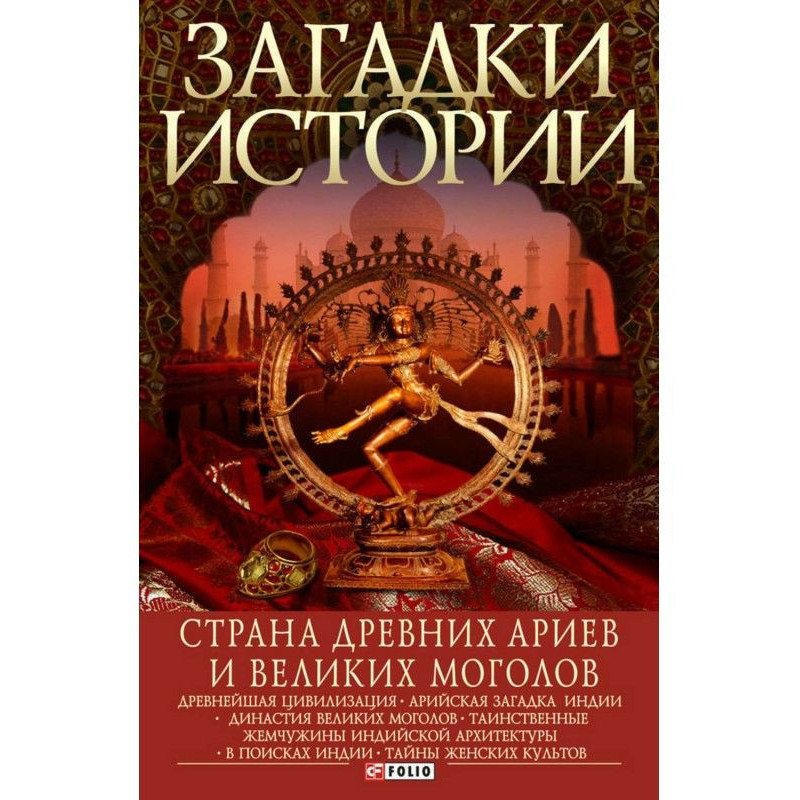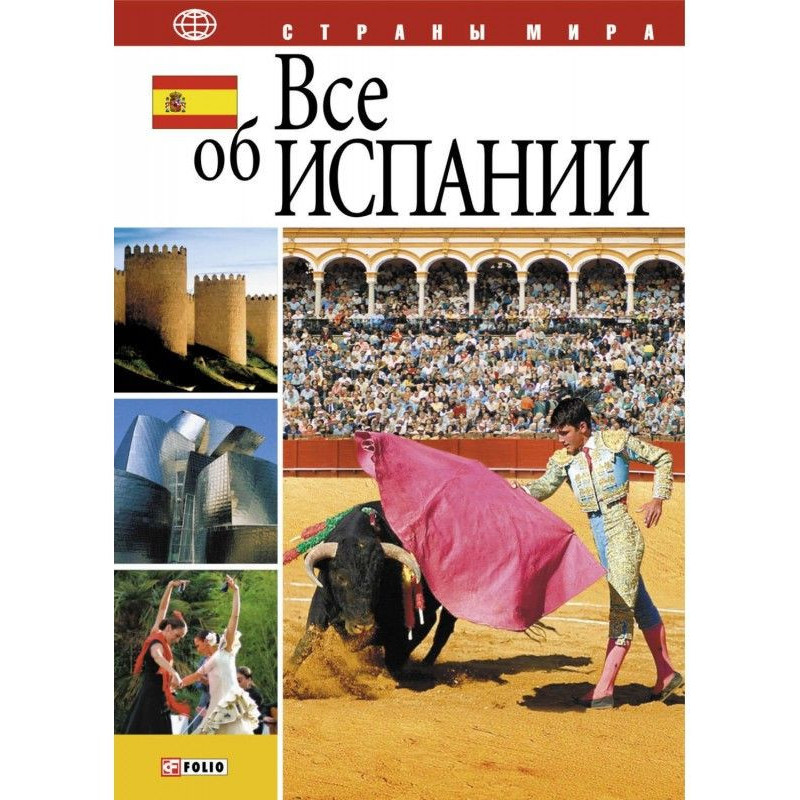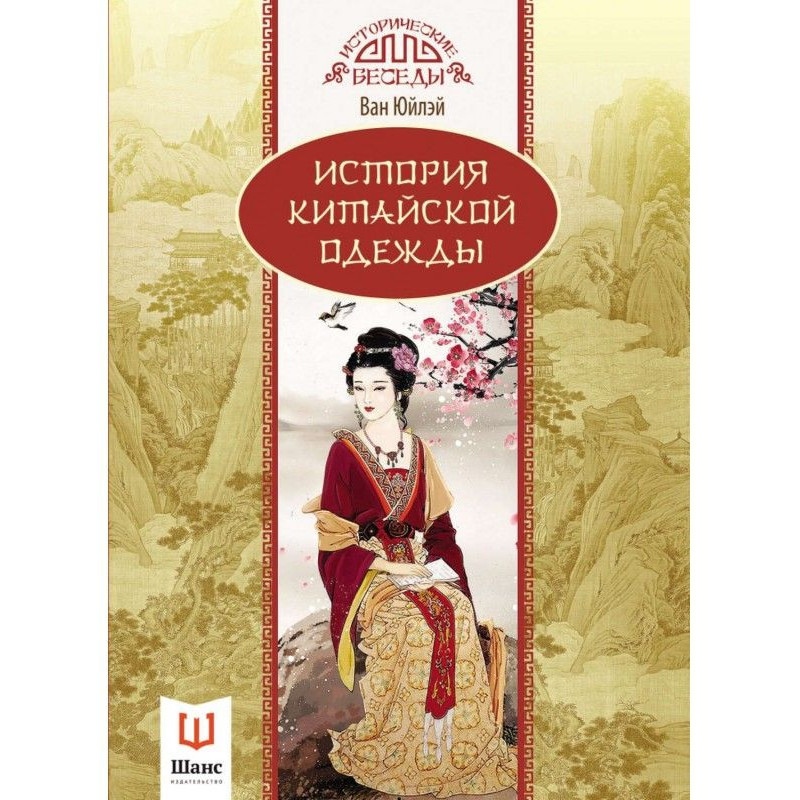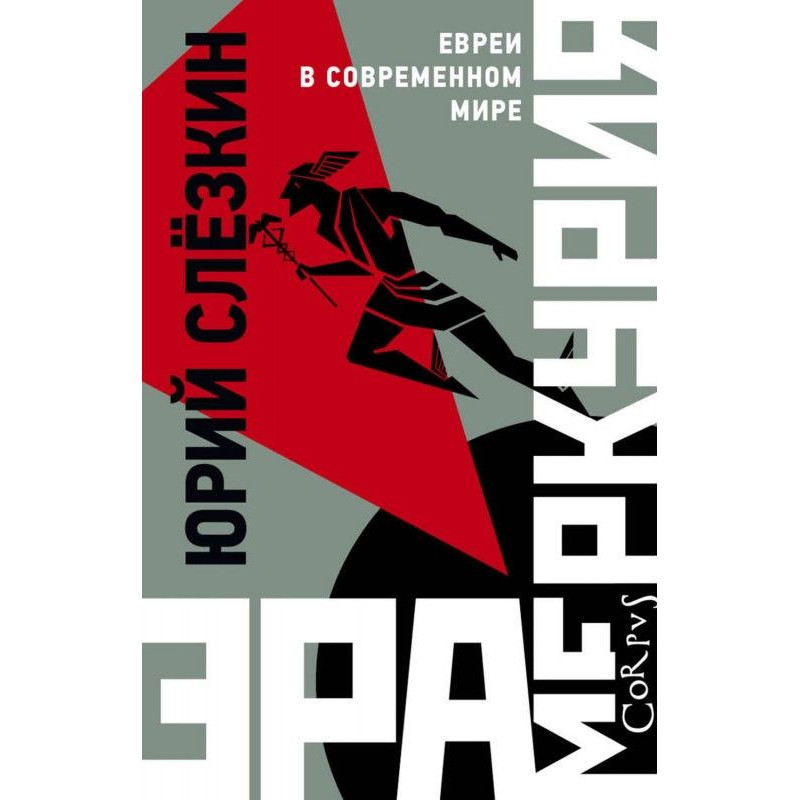On the ruins of the new
 Instant download
Instant download
after payment (24/7)
 Wide range of formats
Wide range of formats
(for all gadgets)
 Full book
Full book
(including for Apple and Android)
Our era, which called itself new, has either ended or is coming to an end. It remains to observe how - it seemed - recently erected ideological, cultural, philosophical structures are covered with a network of cracks, crumble, and then slowly collapse, revealing what was previously hidden from prying eyes - their structure. Essays by Kirill Kobrin, collected under this cover, - about the structure of some of the books from which this era was made. Perturbations with the skull of the author of a 17th-century treatise on funerary urns; London charity shops, where works that until recently excited the public are ending their lives; the furious misanthrope Swift, the squeamish misanthrope Vladimir Sorokin; Vladimir Lenin, Franz Kafka, Thomas Mann, Jorge Luis Borges, Alexander Kondratov and other creators of our cultural everyday life are in Kobrin’s new book. The author looks at the ruins of the new with melancholy and gratitude. The essays included in the book have been published in paper and electronic publications over the past five years.
Data sheet
- Name of the Author
- Кирилл Кобрин Рафаилович
- Language
- Ukrainian
- Release date
- 2018
Reviews
Глибоке дослідження культурних руїн
Книга "На руїнах нового" Кирила Кобрина - це справжній культурний аналіз нашої епохи, що змушує задуматися про те, як швидко змінюються ідеали та цінності. Автор майстерно сплітає різноманітні теми, від класичних творів до сучасних культурних явищ, демонструючи, як все це взаємопов'язано. Есе про мізантропію Свіфта та його сучасників, а також роздуми про похоронні урни XVII століття, створюють глибокий контекст для розуміння сучасності. Кобрин пише з меланхолією, але водночас з вдячністю, що надає тексту особливої емоційної глибини. Незважаючи на деякі недоліки в перекладі, які не заважають загальному сприйняттю, книга залишає після себе відчуття важливості прочитаного. Це обов'язкове читання для тих, хто цікавиться культурними процесами та їх еволюцією.

